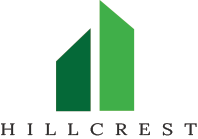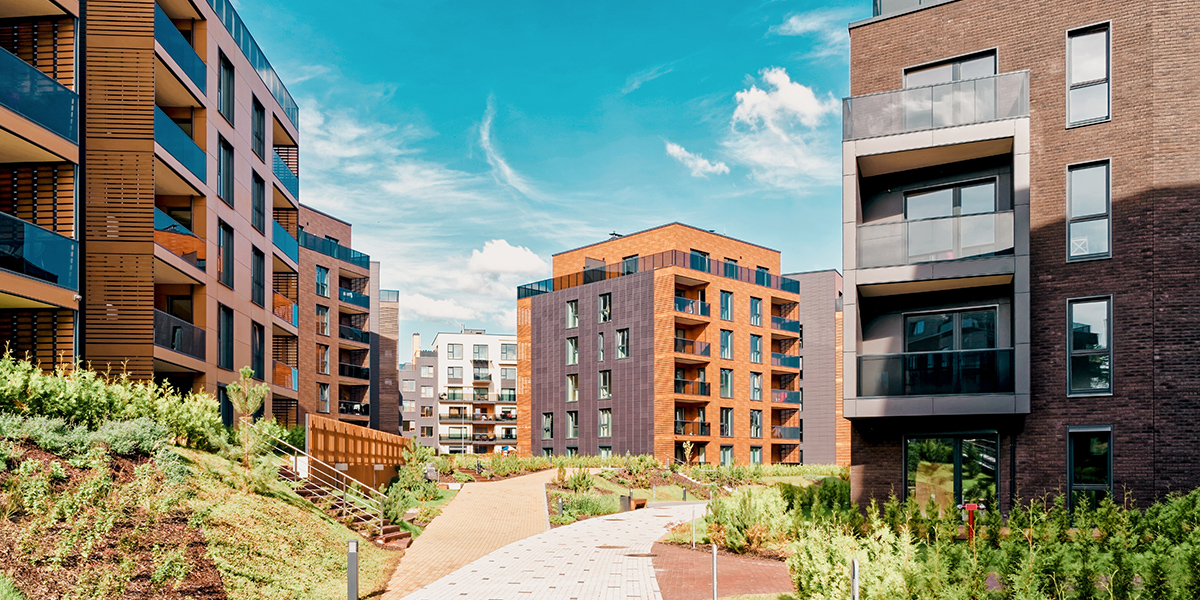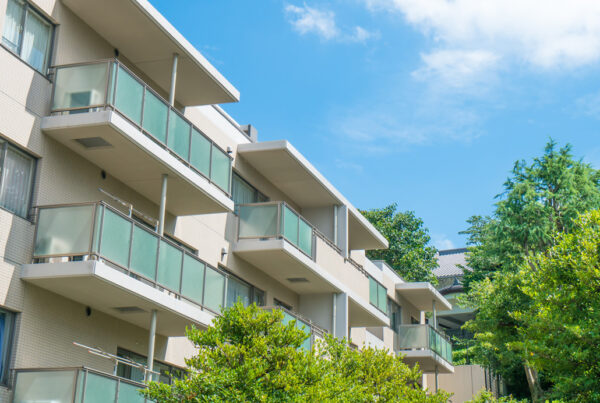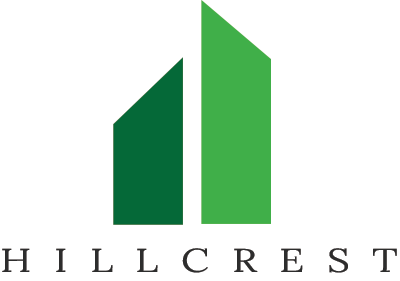Condo association insurance protects condominium communities from financial risks. Every condo association should have an insurance policy to safeguard common areas and protect owners from costly repairs. Without proper coverage, associations might encounter problems with financial stability.
What is Condo Association Insurance?
Condominium association insurance, also known as a master policy, offers coverage for the shared elements of a condominium complex. This includes roofs, hallways, lobbies, and other common areas. This type of insurance helps protect associations from property damage and liability claims.
In Illinois, 765 ILCS 605/12 stipulates that condominiums carry insurance. The same section provides for all the coverage requirements that a condo association must have. At a minimum, a condo association should have coverage for property insurance, general liability insurance, fidelity bond, and D&O insurance.
Additionally, the governing documents may also have insurance requirements for a condo. Board members should check both state laws and their governing documents for guidance.
Condo Association Insurance vs HOA Insurance
Condo association insurance and HOA insurance serve similar functions but differ in coverage. Condo association insurance focuses on the shared building structures and common areas of the complex. Meanwhile, HOA insurance covers community amenities, such as clubhouses, pools, and private roads.
In condominiums, the association owns shared walls, hallways, and exterior features. For this reason, structural coverage is absolutely essential. In contrast, HOAs cover detached homes and common amenities.
Condo Association Insurance vs H06 Condo Insurance
H06 condo insurance is a policy specifically for condo owners. It covers personal belongings, interior damage, and liability within a unit. Condo association insurance, on the other hand, covers external building elements and common areas.
A condo association master policy does not cover personal items, interior walls, or unit upgrades. This is why individual owners must get H06 insurance for their units.
What Does a Condo Association Insurance Policy Cover?
A condo association insurance policy typically includes the following:
- Property Coverage. This coverage protects the common areas, building exteriors, and shared structures from damage.
- Liability Protection. This covers legal fees and settlements for injuries or accidents on association property.
- Directors and Officers (D&O) Insurance. Should board members get sued, D&O insurance offers protection from lawsuits related to their service on the HOA board.
- Loss of Income Coverage. This provides funds if an association’s common areas generate income but are temporarily unusable.
- Fidelity Insurance. Also known as fidelity bond or crime insurance, this coverage protects against financial losses resulting from theft or fraud within the association.
What Does Condo Association Insurance Not Cover?
Contrary to what some may believe, condo association insurance does not cover everything. There are exclusions that board members must understand. While specific policies can differ from one another, common exclusions include the following:
- Personal Belongings of Unit Owners. Individual owners need separate coverage for their furniture, electronics, and other personal belongings.
- Interior Unit Damage. Condo association insurance typically only covers the exterior of the property. Unit interiors fall under HO6 insurance.
- Unit Renovations and Upgrades. Unit owners must ensure that their modifications and improvements are made.
- Flood and Earthquake Damage. Usually, condo association insurance does not cover damage from floods and earthquakes. These require separate policies.
- Pest Infestations. Most policies don’t offer coverage for damages caused by termites or rodents.
Benefits of a Condo Association Insurance Policy
Most state laws and governing documents require a condo association to purchase a master policy. If these are silent, board members should still consider obtaining adequate coverage.
Here are the benefits of a condo association insurance policy.
 1. Protects Shared Property
1. Protects Shared Property
Condo association insurance helps ensure that all shared spaces are covered against damage. These include hallways, elevators, and lobbies. Without this coverage, the condo association and its unit owners will have to shell out their own money to cover repairs.
2. Reduces Financial Burden
Major repairs can be costly, and unexpected expenses can quickly derail the association’s budget. A comprehensive insurance policy can help cover these costs and prevent the need for special assessments.
3. Covers Legal Liability
If someone gets injured in a common area, the condo association could face lawsuits and significant legal costs. Condominium association insurance comes with liability coverage, offering protection from financial and legal damages.
4. Ensures Compliance
Many condo associations have bylaws that require insurance coverage. Some states require condominiums to obtain proper insurance. Having a policy in place ensures legal compliance and helps prevent issues down the road.
 5. Protects Board Members
5. Protects Board Members
Many homeowners are apprehensive about serving on their condo board because they fear being sued. With D&O insurance, which protects board members from personal liability, more homeowners will feel at ease about joining the board.
6. Reduces the Need for Special Assessments
When disaster strikes, a condo association’s insurance can come in very handy. Without insurance, the burden of covering the financial damages could fall on the unit owners, who are themselves struggling with the aftermath of the disaster. Proper insurance coverage allows the association to avoid special assessments.
7. Preserves Property Values
Well-maintained buildings tend to have higher property values. Insurance helps ensure that common areas and structural components receive timely repairs. In the end, this prevents the property from falling into disrepair and lowering in value.
8. Covers Employee Theft or Fraud
If an employee or board member misuses association funds, fidelity insurance provides financial protection to the association. This policy helps the condo association recover any losses.
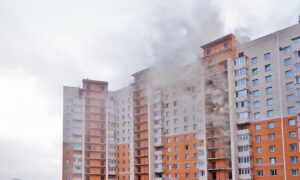 9. Provides Disaster Protection
9. Provides Disaster Protection
Natural disasters, fires, or vandalism can cause extensive damage to common areas. Without insurance, the cost of repairs and rebuilding could financially cripple an association. With insurance, an association can rest easy knowing it has disaster protection.
How Much Does Condo Association Insurance Cost?
Condo association insurance costs can vary depending on several factors. These include the age and condition of the building, the location of the association, the type of coverage, and the number of units.
Older buildings tend to fetch higher premiums because there’s more work that needs to be done. There’s also a higher risk of deterioration and damage. Location, on the other hand, can also affect pricing. Associations in high-risk areas may also face higher premiums because it costs more to insure them.
Additionally, the type of coverage can also dictate the cost of insurance. More extensive coverage, for instance, will understandably result in higher costs. Finally, larger communities often require higher premiums in comparison to smaller ones.
On average, condo association insurance costs range from $1,000 to $5,000 per year per building.
The Final Word
Condo association insurance is integral to the operations and long-term success of any condominium. Board members should ensure their association has proper coverage to avoid financial setbacks.
Hillcrest offers HOA management services to communities in Chicago. Call us today at 630-627-3303 or contact us online to request a proposal!
RELATED ARTICLES:
- Rising HOA Insurance Costs And The Impact On HOA Fees
- H06 Insurance: What You Need To Know About Condo Insurance
- How To Reduce Maintenance Costs In HOA
